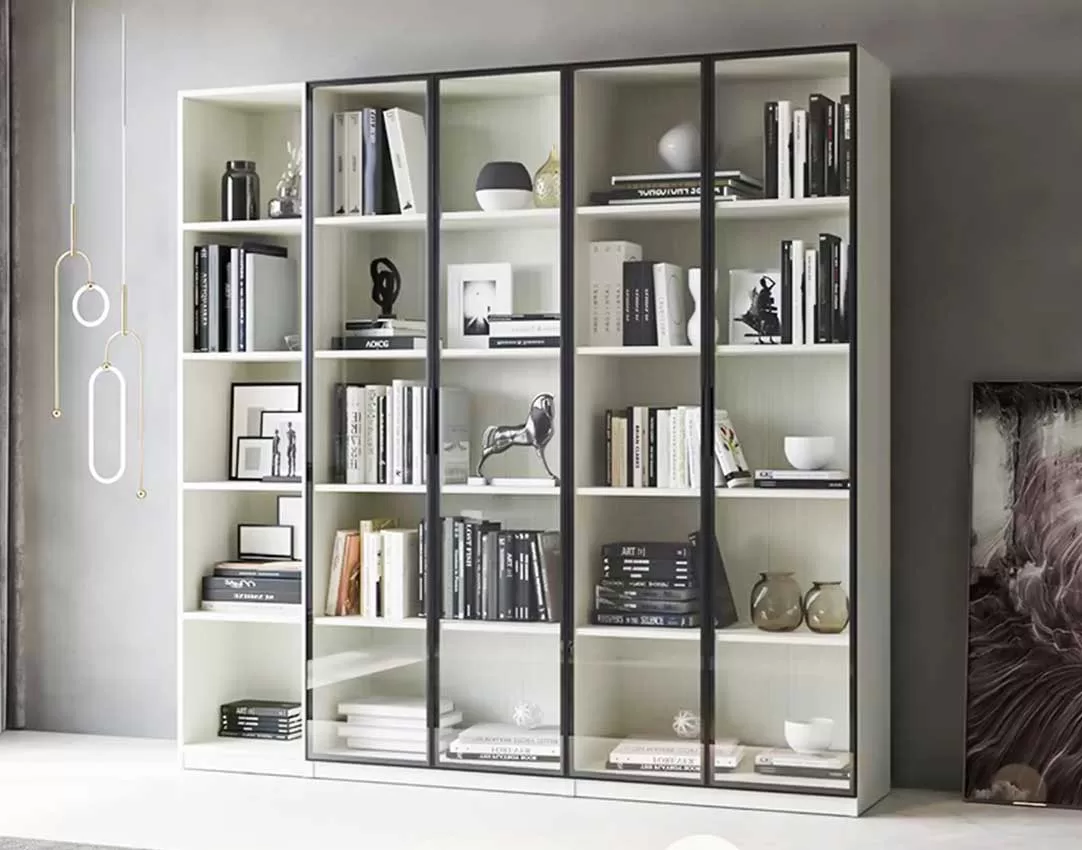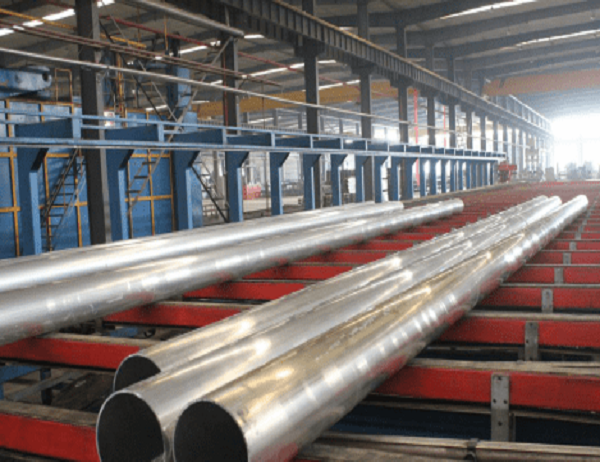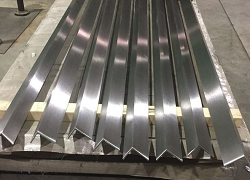Extruded aluminum tubes are versatile and widely used in various industries due to their exceptional properties and customizable specifications. Understanding their key features and specifications is crucial for selecting the optimal tubing for specific applications.
Mechanical Properties
Aluminum tubes exhibit a favorable combination of strength, lightness, and corrosion resistance.
Tensile Strength: Extruded aluminum tubes offer high tensile strength, ranging from 15,000 to 70,000 psi, depending on the alloy composition and temper. This strength enables them to withstand substantial tensile loads.
Yield Strength: The yield strength of aluminum tubes varies between 12,000 and 65,000 psi, providing resistance to permanent deformation under stress.
Elongation to Failure: Aluminum tubes exhibit good ductility with elongation to failure values ranging from 10% to 25%. This elongational capacity allows them to deform plastically before fracturing.
Dimensional Characteristics
Aluminum tubes are available in a wide range of dimensions to suit various applications.
Diameter: Extruded aluminum tubes can be produced with diameters ranging from 0.25 to 12 inches or larger in custom applications.
Wall Thickness: The wall thickness of aluminum tubes varies based on the required strength and weight considerations. It typically ranges from 0.010 to 0.250 inches.
Length: Aluminum tubes are extruded in various lengths, with standard lengths ranging from 20 to 40 feet.
Joining Methods
Joining aluminum tubes requires specific techniques to ensure structural integrity and leak-proof connections. Common joining methods include:
Welding: TIG (Tungsten Inert Gas) welding and MIG (Metal Inert Gas) welding are widely used for joining aluminum tubes.
Brazing: Brazing involves joining aluminum tubes using a filler metal with a lower melting point than the base metal.
Mechanical Joining: Mechanical joining methods, such as riveting and bolting, provide alternative ways to connect aluminum tubes.
Corrosion Resistance
Aluminum is naturally corrosion-resistant due to its protective oxide layer. Extruded aluminum tubes offer enhanced corrosion resistance, making them suitable for applications involving exposure to harsh environments.
Anodizing: Anodizing enhances the corrosion resistance of aluminum tubes by creating a thicker, more durable oxide layer.
Powder Coating: Powder coating provides an additional layer of protection against corrosion and wear, offering a wide range of color options.
Fluoropolymer Coating: Fluoropolymer coatings, such as PTFE and PVDF, provide exceptional corrosion resistance and chemical inertness for specialized applications.
Conclusion
Understanding the key features and specifications of extruded aluminum tubes is essential for selecting the最適mal solution for various engineering challenges. By considering the specific requirements in terms of mechanical properties, dimensional characteristics, joining methods, and corrosion resistance, engineers can design and implement highly efficient and reliable systems using extruded aluminum tubes.



